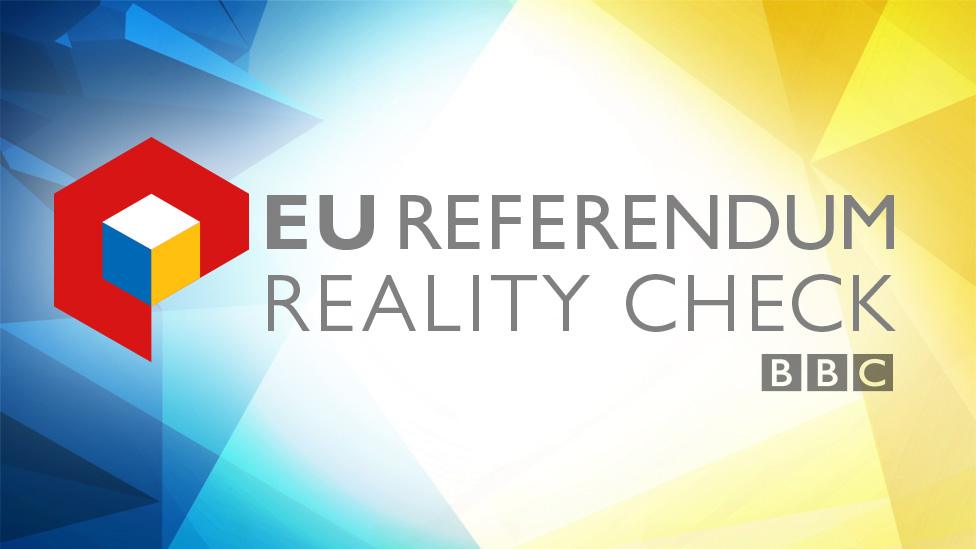Reality Check: Your questions answered about immigration
- Published

Lots of you have got in touch with the BBC about the relationship between Britain's membership of the EU and current levels of migration.
According to the latest figures published by the Office for National Statistics (ONS), overall net migration stands at 333,000, and has risen more than a third since David Cameron came to power in 2010, with the aim of reducing numbers to tens of thousands a year.
EU migration accounts for about of 49% of UK net migration. As we've outlined here, the government has not been able to bring migration from outside the EU down to tens of thousands, so it is not clear it would be able to do so with EU migrants post-Brexit.
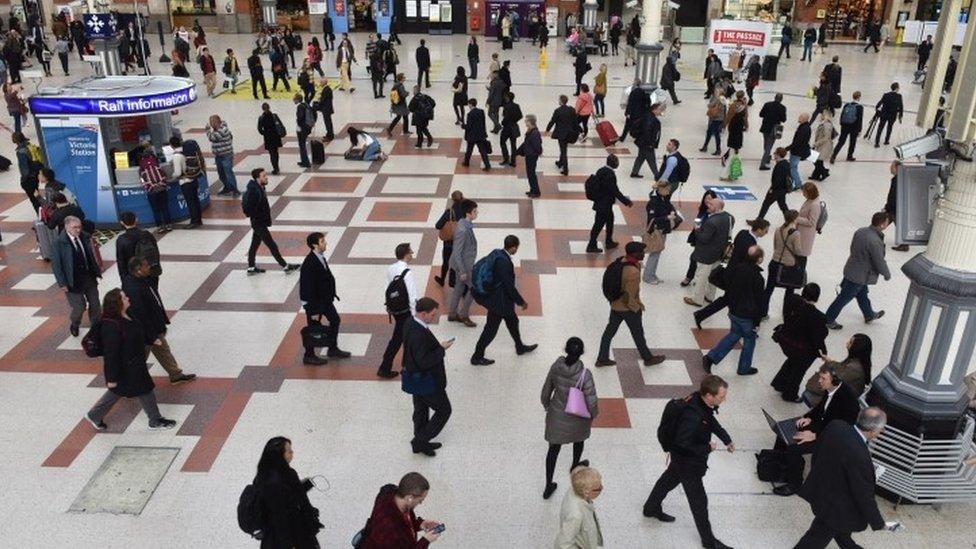
Public services
For the last few months, we've looked into a number of claims made about the impact of immigration on public services.
We've discovered that there are no figures to show the exact cost to the NHS, but the three million EU citizens already here are likely to stay even if we leave the EU. Find out more about this here.
We've checked other claims related to future immigration and the NHS in this piece, where we concluded an increasing population would put additional demand on A&E but the extent of that increase has not been demonstrated.
Vote Leave campaigner Iain Duncan Smith claimed that the UK would need to build 240 houses a day for 20 years to cope with increased demand. We've found this claim to be correct. And as we've outlined here, the recent increase in immigration has put additional pressure on school places. Overall it is equivalent to less than one pupil for each school in the UK, although it's important to point out that immigration is not evenly spread across Britain.
In terms of the figures available to us on the numbers of EU migrants, we've also found that according to the Annual Population Survey, about two million of them arrived in the 10 years since 2004, the year that the Czech Republic, Estonia, Cyprus, Latvia, Lithuania, Hungary, Malta, Poland, Slovakia and Slovenia joined the EU.
Polish nationals represent the largest group of EU nationals living in the UK overall, with 853,000 of its citizens living in the UK. The Irish were the second largest group, as we've shown here.
We've answered some of your other questions about the EU and immigration below.
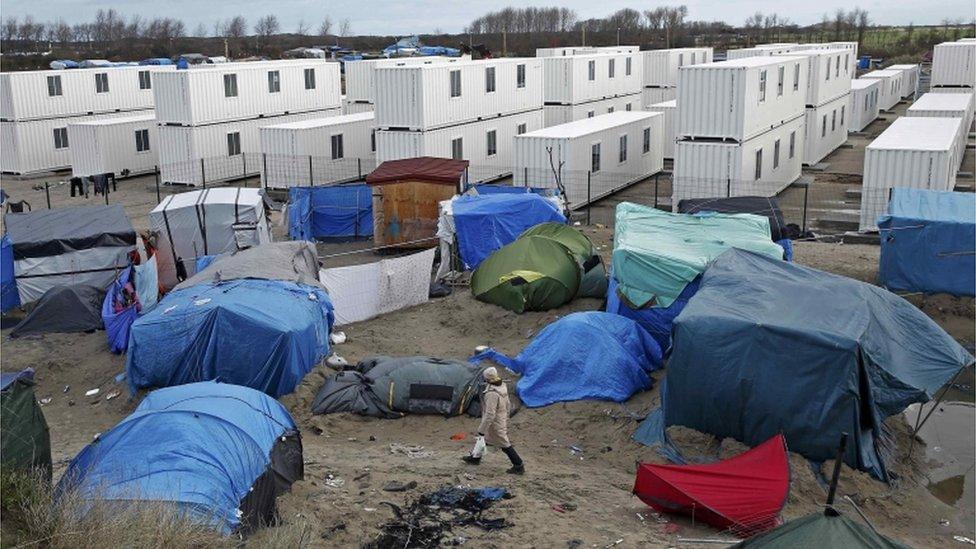
The question: Julia Watson asks BBC Radio 4's PM programme "If Britain leaves the EU, would the border between England and France be moved back from Calais to Dover?"
The answer: France and the UK are bound by the Le Touquet agreement, a deal they signed in 2003, which established the UK immigration checks on French territory. Le Touquet is not an EU agreement and, if the UK votes to leave the EU, the deal will not automatically be affected.
Under the agreement, passengers are checked before they embark on cross-Channel services.
The checks have stopped irregular migrants from reaching the UK but they have also led, in part, to the establishment of the "Jungle", the migrant camp in Calais that French authorities are currently trying to dismantle.
The agreement can be terminated only by the UK or the French government, after giving six months notice. The question is: would France want to terminate it? It might, depending on several factors, including the presidential elections in 2017.

A Leave vote would make this the UK-EU land border
The question: Nicola asks BBC Radio 4's PM programme "What would be the implications for Northern Ireland if the UK leaves the EU? Would border controls come back into effect?"
The answer: Throughout the EU referendum campaign, both the Remain and Leave sides have made frequent claims about what might happen to the border in the event of a UK exit from the EU. If there is a major difference in immigration policies between Ireland and Northern Ireland, border controls would have to be re-introduced.
The UK and Ireland entered into a Common Travel Area (CTA) agreement in 1923. This is an informal travel arrangement which means that no passport controls are in operation for Irish and UK citizens travelling between the two countries.
As it stands now, the Republic of Ireland is not in the Schengen zone, meaning, should the UK maintain the CTA, people crossing from mainland Europe into Ireland and then through to the UK should not be able to do so without showing their passports. We concluded that it's hard to predict what would happen between the two countries at this stage. It would depend on the type of agreements the UK negotiates. Read more about this here.
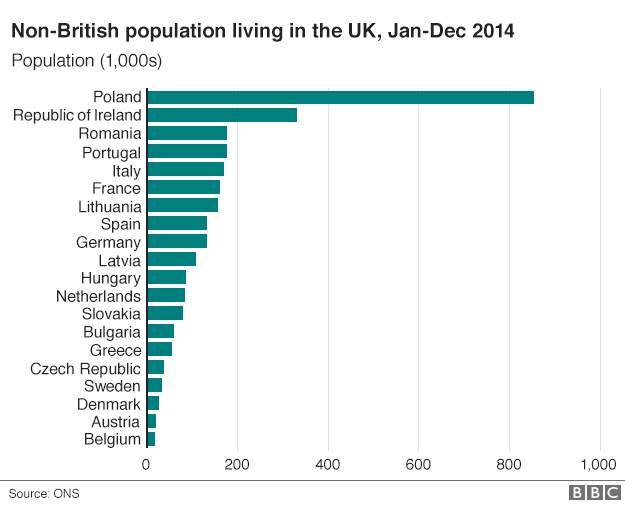
The question: Pedro asked BBC Radio 4's PM programme "What will happen to EU migrants currently living in the UK in the case of Brexit?"
The answer: There are currently about 3 million citizens from other EU countries living in the UK at the moment. It is unlikely they would be forced to leave in the event of a Brexit.
No Leave politicians or campaigners have suggested that EU migrants already here should leave if the UK left the EU.
And some lawyers argue that the Vienna Convention, external would let EU citizens settled in the UK and UK citizens living in other EU countries stay where they are, if the UK decided to leave the EU (although it's worth noting that two EU countries - France and Romania - are not signed up to the convention).
Whether the UK restricts future migration from the EU would depend on whatever deal the UK struck when it left the EU. You can read more about this here.
Keep your questions coming by email (realitycheck@bbc.co.uk) or via Twitter @BBCRealityCheck, external and we'll answer as many as we can before 23 June.



- Published19 May 2016

- Published5 April 2016

- Published18 April 2016
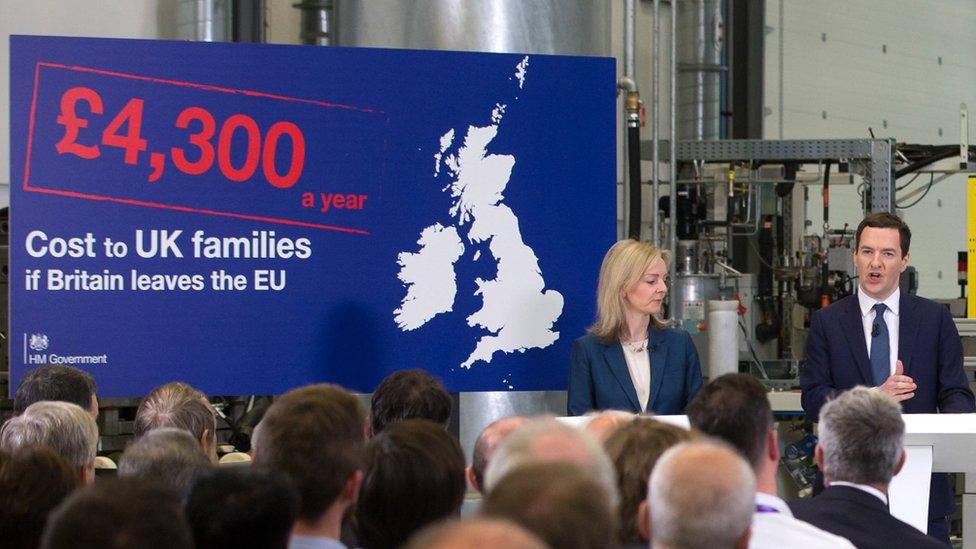
- Published22 February 2016
